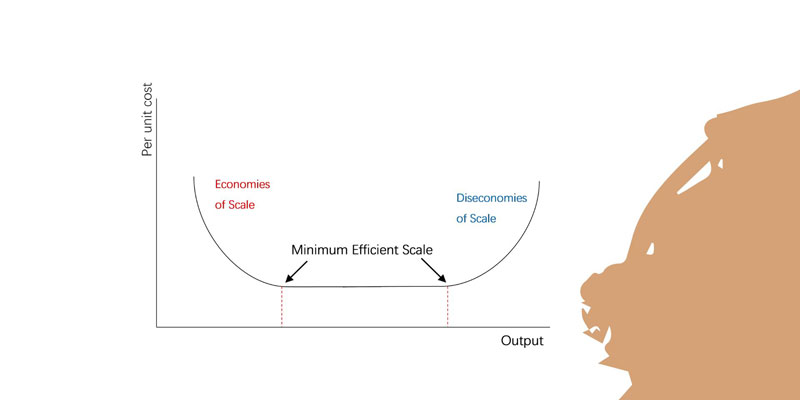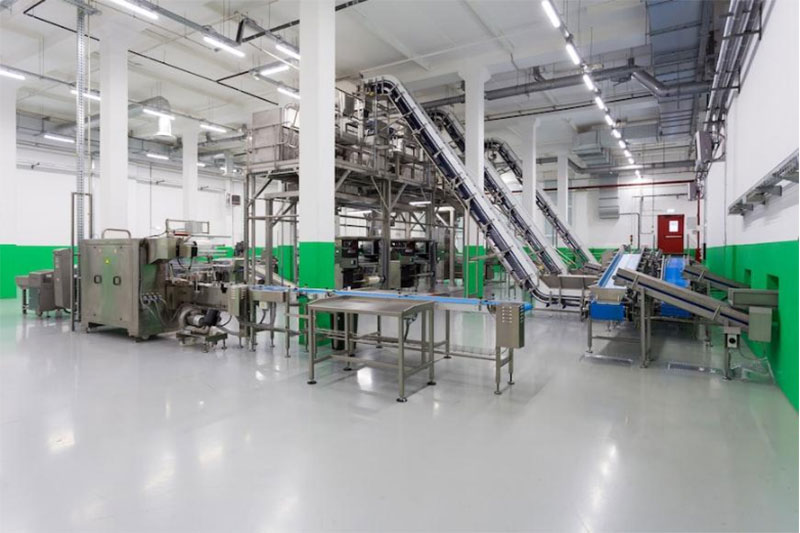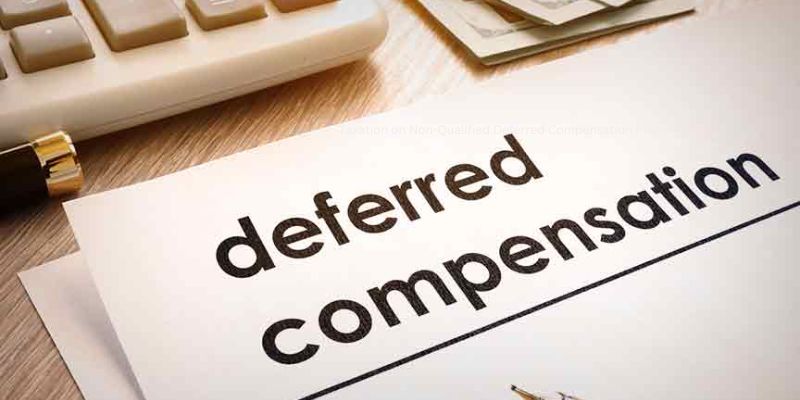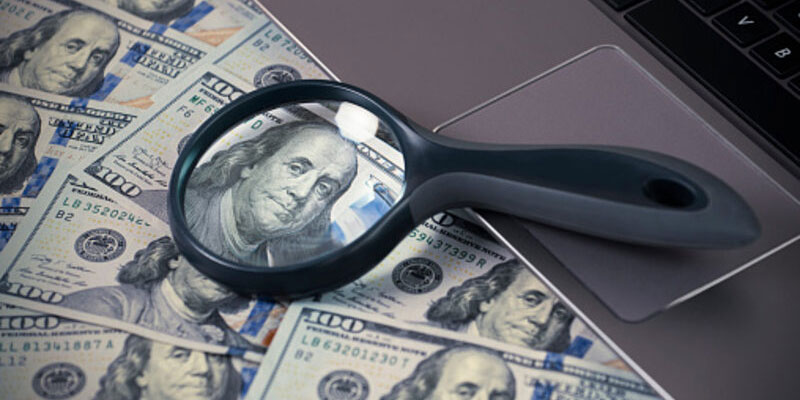
Minimum Efficient Scale (MES) is a term used to describe the production level at which a company can produce goods or services at the lowest possible cost while maintaining profitability. In simpler terms, MES is the smallest level of output at which a firm can produce goods or services at the lowest per-unit cost.
The MES concept is essential in determining a company's optimal production level to achieve economies of scale, which are cost advantages resulting from the increased output. MES is an important factor to consider when deciding to expand or contract a company's operations.
To understand the MES concept better, consider an example of a car manufacturer. The MES for the manufacturer would be the production level at which they can produce cars at the lowest possible cost per unit while maintaining profitability. Producing below this level would result in higher costs per unit due to underutilized resources while producing above this level could result in higher costs due to overutilization of resources.
Importance of Minimum Efficient Scale (MES)
Understanding MES is crucial for companies that want to maximize their profits while minimizing costs. By identifying the MES, companies can optimize their production level and achieve economies of scale, resulting in lower per-unit costs and increased profitability. MES is also important for companies looking to expand or contract their operations as it provides insight into the optimal production level for sustainable growth.
Moreover, MES can vary depending on the industry and market conditions. For example, the MES for a software company might be significantly different from a manufacturing company's due to differences in production processes and cost structures.
How can companies determine their MES?
Companies can determine their MES by analyzing their production processes and cost structures to identify the output level at which they can produce goods or services at the lowest per-unit cost while maintaining profitability. This analysis can involve conducting a cost-volume-profit (CVP) analysis, which helps identify the break-even point and the level of output required to achieve profitability.

Factors Affecting Minimum Efficient Scale (MES)
Several factors can affect a company's MES, including:
- Technology: Advances in technology can significantly affect a company's MES by reducing production costs, increasing efficiency, and improving product quality.
- Size of the market: The size of the market can also impact a company's MES. In a small market, a company may not achieve economies of scale due to limited demand, while in a large market, the MES may be higher due to higher demand.
- Capital requirements: Industries requiring significant capital investment and specialized equipment, such as aerospace and pharmaceuticals, tend to have high MES.
- Availability of resources: The availability of resources, such as raw materials and skilled labor, can also impact a company's MES. Limited availability of resources can increase production costs and lower the MES.
- Regulations: Government regulations can impact a company's MES by increasing production costs or limiting the level of output, such as environmental regulations or quotas.
Challenges in Achieving MES
While achieving MES can result in significant cost savings and increased profitability, it can also be challenging for companies to reach this production level. Some of the challenges companies may face include the following:
- High fixed costs: As production levels increase, fixed costs, such as rent and salaries, may also increase, making it difficult for companies to achieve MES.
- Variable costs: Variable costs, such as raw materials and labor costs, can also impact a company's ability to achieve MES. Increases in variable costs can offset the benefits of economies of scale.
- Competition: In competitive markets, companies may need to produce above their MES to remain competitive or to enter new markets.
- Market demand: Fluctuations in market demand can impact a company's ability to achieve MES. If demand drops, a company may not be able to sustain its MES and may need to reduce production levels.
Conclusion
Understanding the concept of MES is crucial for companies looking to optimize their production level and achieve economies of scale. By identifying their MES, companies can reduce their per-unit costs and increase profitability. However, achieving MES can be challenging, and companies need to consider several factors, such as technology, market size, capital requirements, resource availability, and regulations. By overcoming these challenges, companies can achieve sustained growth and profitability.
FAQs
What is the difference between MES and economies of scale?
MES refers to the production level at which a company can produce goods at the lowest possible average cost. On the other hand, economies of scale refer to the cost advantages a company gains by producing goods in large quantities. MES is a specific point on the production scale at which economies of scale are maximized.
What are some examples of industries with high MES?
Industries that require significant investment in capital and specialized equipment, such as aerospace, pharmaceuticals, and semiconductor manufacturing, tend to have high MES. These industries have high fixed costs and require significant investments in research and development, making it difficult for new entrants to compete.
Can a company operate below its MES?
Yes, a company can operate below its MES. Operating below MES may be necessary if market demand is insufficient to support higher production levels or if a company needs more resources to invest in the necessary capital and equipment. However, operating below MES can result in higher per-unit costs and reduced profitability.
What is the relationship between MES and the break-even point?
The break-even point is the production level at which a company's revenue equals its total costs. MES is the production level at which a company can produce goods at the lowest possible average cost. The break-even point is generally below the MES, and the difference between the two represents the margin of safety for a company. A company that operates above its break-even point but below its MES may generate profits, but it needs to optimize its production level.











